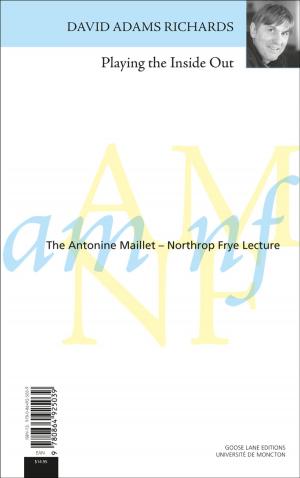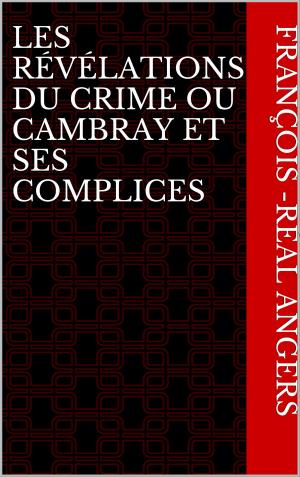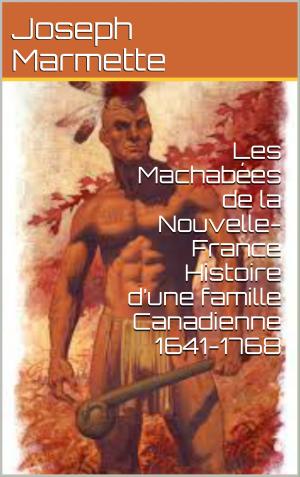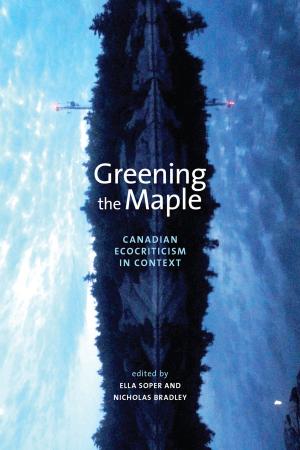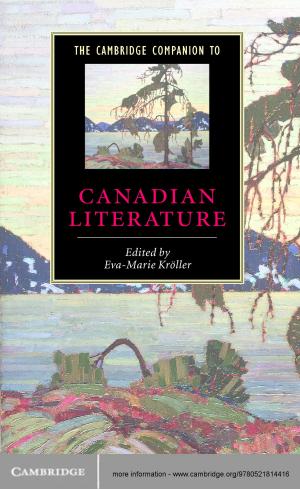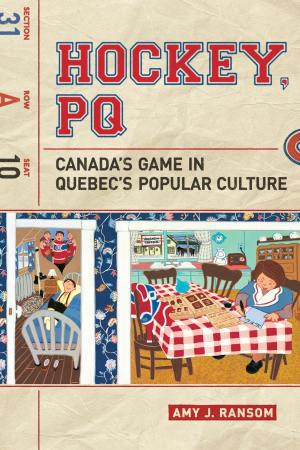Les fables canadiennes de Jules Verne
Discorde et concorde dans une autre Amérique
Fiction & Literature, Literary Theory & Criticism, Canadian| Author: | Gérard Fabre | ISBN: | 9782760326804 |
| Publisher: | Les Presses de l'Université d'Ottawa | Publication: | June 20, 2018 |
| Imprint: | Les Presses de l'Université d'Ottawa | Language: | French |
| Author: | Gérard Fabre |
| ISBN: | 9782760326804 |
| Publisher: | Les Presses de l'Université d'Ottawa |
| Publication: | June 20, 2018 |
| Imprint: | Les Presses de l'Université d'Ottawa |
| Language: | French |
En trois décennies, du début des années 1870 au tournant du XXe siècle, Jules Verne écrit trois romans couvrant plus d’un demi-siècle d’histoire canadienne.
Si ce triptyque peut être saisi dans le processus global de la création vernienne, il forme en même temps une entité à part entière, un formidable révélateur de la place du Canada et du Québec en France. Cette place est relative : elle dépend beaucoup de ses interactions avec l’Angleterre et les États-Unis.
Plusieurs oeuvres de Verne, depuis Les Aventures du Capitaine Hatteras, publiées au milieu des années 1860, s’attachent à comparer les réactions de personnages anglais et américains. Il en ressort in fine une rivalité des deux pays, comme dans les romans canadiens Le Pays des fourrures (1872-1873) et Famille-Sans-Nom (1889). Le conflit anglo-américain explique les connivences entre Canadiens français et Américains, dont font état ces deux romans.
Or, à la fin de sa vie, Verne remanie ce système d’alliance. Dans* Le Volcan d’or*, rédigé en 1899-1900, les relations vont diamétralement changer : Canadiens français et anglais, tous honnêtes gens en quête de l’or du Klondike, s’unissent contre des Américains originaires du Texas, délinquants notoires et redoutés.
Comment analyser ce retournement? Quelle clé offre-t-il pour comprendre, à une plus vaste échelle, les images du Canada et du Québec qui prévaudront dès lors en France?
Ce livre est publié en français.
-
Over the course of three decades—from the early 1870s to the turn of the 20th century—Jules Verne wrote three novels covering more than half a century of Canadian history.
While this triptych is undoubtedly located within the Vernian corpus, it nevertheless constitutes a body of work in its own right, a powerful testimony to the place that Canada and Quebec occupied in France. This place was relative, however, dependent on interactions with England and the United States.
Several of Verne’s works beginning with the publication of The Adventures of Captain Hatteras in the mid-1860s compare English and American characters. Ultimately, the rivalry that emerges between the two countries is further developed in the Canadian novels* The Fur Country* (1872–1873) and Family Without a Name (1889). The Anglo-American conflict explains the affinities between French Canadians and Americans present in both novels.
Toward the end of his life, however, Verne revisits this alliance. In The Golden Volcano, written in 1899–1900, those relations change diametrically: French and English Canadians, all honest people in search of Klondike gold, unite against the Texans, notorious and feared delinquents.
How is this reversal to be understood? What clues does it offer for understanding of the depictions of Canada and Quebec that prevail henceforth in France on a broader scale?
This book is published in French.
En trois décennies, du début des années 1870 au tournant du XXe siècle, Jules Verne écrit trois romans couvrant plus d’un demi-siècle d’histoire canadienne.
Si ce triptyque peut être saisi dans le processus global de la création vernienne, il forme en même temps une entité à part entière, un formidable révélateur de la place du Canada et du Québec en France. Cette place est relative : elle dépend beaucoup de ses interactions avec l’Angleterre et les États-Unis.
Plusieurs oeuvres de Verne, depuis Les Aventures du Capitaine Hatteras, publiées au milieu des années 1860, s’attachent à comparer les réactions de personnages anglais et américains. Il en ressort in fine une rivalité des deux pays, comme dans les romans canadiens Le Pays des fourrures (1872-1873) et Famille-Sans-Nom (1889). Le conflit anglo-américain explique les connivences entre Canadiens français et Américains, dont font état ces deux romans.
Or, à la fin de sa vie, Verne remanie ce système d’alliance. Dans* Le Volcan d’or*, rédigé en 1899-1900, les relations vont diamétralement changer : Canadiens français et anglais, tous honnêtes gens en quête de l’or du Klondike, s’unissent contre des Américains originaires du Texas, délinquants notoires et redoutés.
Comment analyser ce retournement? Quelle clé offre-t-il pour comprendre, à une plus vaste échelle, les images du Canada et du Québec qui prévaudront dès lors en France?
Ce livre est publié en français.
-
Over the course of three decades—from the early 1870s to the turn of the 20th century—Jules Verne wrote three novels covering more than half a century of Canadian history.
While this triptych is undoubtedly located within the Vernian corpus, it nevertheless constitutes a body of work in its own right, a powerful testimony to the place that Canada and Quebec occupied in France. This place was relative, however, dependent on interactions with England and the United States.
Several of Verne’s works beginning with the publication of The Adventures of Captain Hatteras in the mid-1860s compare English and American characters. Ultimately, the rivalry that emerges between the two countries is further developed in the Canadian novels* The Fur Country* (1872–1873) and Family Without a Name (1889). The Anglo-American conflict explains the affinities between French Canadians and Americans present in both novels.
Toward the end of his life, however, Verne revisits this alliance. In The Golden Volcano, written in 1899–1900, those relations change diametrically: French and English Canadians, all honest people in search of Klondike gold, unite against the Texans, notorious and feared delinquents.
How is this reversal to be understood? What clues does it offer for understanding of the depictions of Canada and Quebec that prevail henceforth in France on a broader scale?
This book is published in French.



